5 Things You Appreciate About Craft Breweries From Homebrewing
Homebrewing isn’t just a hobby; it’s an art form defined by our country’s do-it-yourself spirit through combining dedicated scientific research and passionate culinary engineering. According to the American Homebrewers Association, there are approximately 1.2 million homebrewers in the United States after every state had legalized the act in 2013. Just as craft beer opens you up to whole new world of flavors, there’s infinite number of possibilities when you realize what you can make with your first homebrewing kit. And as you ignite this new exciting hobby, you really start to appreciate the artistry and craftsmanship that goes into the industry as a whole.
I’ve been homebrewing for about three years now. I am confident in my basic knowledge of beer brewing, but you’d be astounded by the work that goes into brewing several unique styles.
Some people in my local affiliate have been homebrewing for about 10 years and still learning tricks of the trade. Nevertheless, this is how many of the pioneers and wunderkind of the craft beer world get their start. So in all the time I’ve spent taking notes during presentations to experimenting with new recipes, there’s so much to put into consideration when many hobbyists turn this passion into a business.
5) Investment
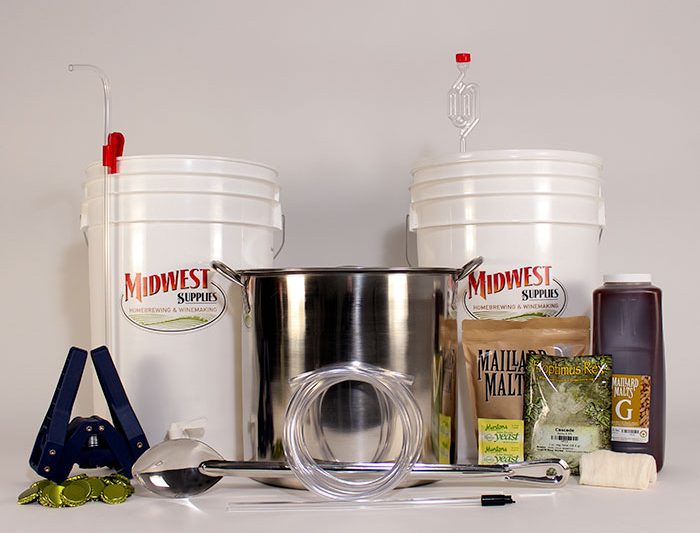
The classic introduction to homebrewing for several others and myself is through a starter kit, often supplied through companies such as Midwest Supplies or Northern Brewer’s. A friend of mine received his as a birthday present from his fiancée and wanted an extra set of hands to make sure the first time went smoothly. The tools you’ll receive in one of these large kits will include the following: a brewing kettle, fermenters, thermometer, capping equipment, and ingredients to make your first beer. It’s an all-day, step-by-step type of activity ranging from steeping the grains, boiling the wort with hops, cooling the wort, and incorporating the yeast for fermentation.
You’ll find out that although the process is long, it’s immensely rewarding and engaging to create beer at cost cheaper than buying straight from the shelves. However, with this limited amount of equipment, you’re stuck to recipes based around efficient, but limited dried or liquid malt extracts. I continue to make beers this way due to budget and space restrictions, but I’m still getting tremendous value out of the original equipment from the Midwest Kit. Switching to all-grain recipes like most professional breweries gives you a better sense of control, but there’s a whole lot more inventory management involved when you upgrade.
Many homebrewers will move to bigger brew kettles heated by propane burners and purchase additional fermenters and carboys once they’ve caught the bug. Some go as far to create their own mash tuns and wort chillers thanks to helpful online guides. If you’re brewing on a monthly or even weekly basis, then you have to keep an eye on your stock and keep dates on what needs to be brewed or moved between containers. There’s the never-ending necessity for hops, malts, and yeast varieties if you want to experiment with new recipes. Homebrewers even have the potential to buy fruit for secondary fermentation or old wine/spirit barrels to replicate world-class beers.
Sounds costly, right? Now quantify the scale of going from say a generous 15-gallon system to a 15-barrel system (31 Gallons per Barrel). If we just look at the cost of beer production alone, it makes you realize how much a brewery has to spend on the basics. And that’s not even considering the price of bottling, shipping, and distribution yet. In Virginia, breweries are currently trying to pass a bill to create tax exemptions for expensive beer-making equipment as dozens have opened up in the past 3½ years.
When you see a brewer hauling kegs or 50 lbs bags of grain, that’s just one small cog in the massive project of making great beer.
4) Scientific Research
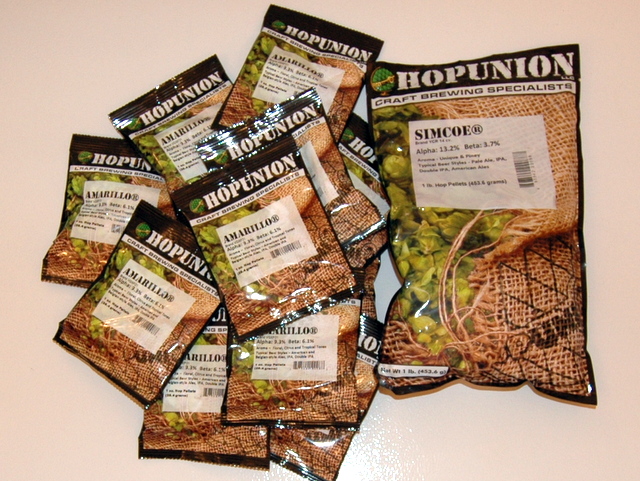
So say you’ve read the all guides and watch all the tutorials to learn every homebrewing technique out there. That’s great! Now you must consider what’s out of your control. For the modern homebrewer, temperature is a major concern for the styles you can brew. Most beers will ferment in a cool or room-temperature basement or closet, but if you are going for a lager or bock, you need to find ways to drop the beer to around 45 degrees Fahrenheit. Of course, there are supplies to alleviate that problem but you need to have the resources ready in your house.
Have you ever noticed all the scientific data on a bag of hops? Almost all packages will inform you on the percentage of alpha and beta acids plus detailing the purpose of the hop between bittering, aroma, or both. You can go into further detail thanks to websites like beerlegends.com that extensively explain the oil yield of each variety of the plant. The amount of math and chemistry that goes into measuring these ingredients is simply extraordinary, especially as more are being discovered as time goes on.
This goes doubly for the number #1 ingredient in beer: water. The minuscule differences in each water source from pH to mineral levels can drastically change the overall quality of your beer. If you ask nicely, your local Public Works Department can give you a report on the water and you can use calculators such as Bru’n Water and ezwater to change the recipe according to the style. If you want to go the extra mile by spending some money, the best course of action is to send a sample to Ward Laboratories, Inc. for a Brewer’s Test. You’ll get a full report telling you absolutely EVERYTHING about your water. That’s how I learned that my homebrews benefit from adding gypsum to the boil to lower the pH and accentuate the bitterness.
I’ve noticed this is why many breweries have begun building in-house yeast labs to study every molecule before it’s pitched into the next batch. Yeast is easily the most volatile key ingredient to use as the gravity of the beer or fermentation temperature can result in something much different than what you’ve planned. Yeast strains are also commonly reused to save money or to put a definitive signature on that brewery’s catalog. Obviously, not every combination in the beer world has been discovered, but it’s led to really neat discoveries. I’ve personally enjoyed the changes made by Scottish Ale Yeast in IPAs such as 40 Mile by Three Notch’d Brewing Company and Russian Imperial Stouts like Anastasia’s Chocolate Fantasy by South Street Brewery.
The way you build your recipe from the ground up requires much planning and fact-finding, varying wildly depending on what kind of style you want to go with. Heck, most homebrewers and professional will use the same gold standard software for producing recipes, Beersmith. Now with all these facts to keep in mind multiplying by the scale of a huge system, we then reach the hardest lesson to learn when brewing when your recipe goes to pot.
3) Sanitation
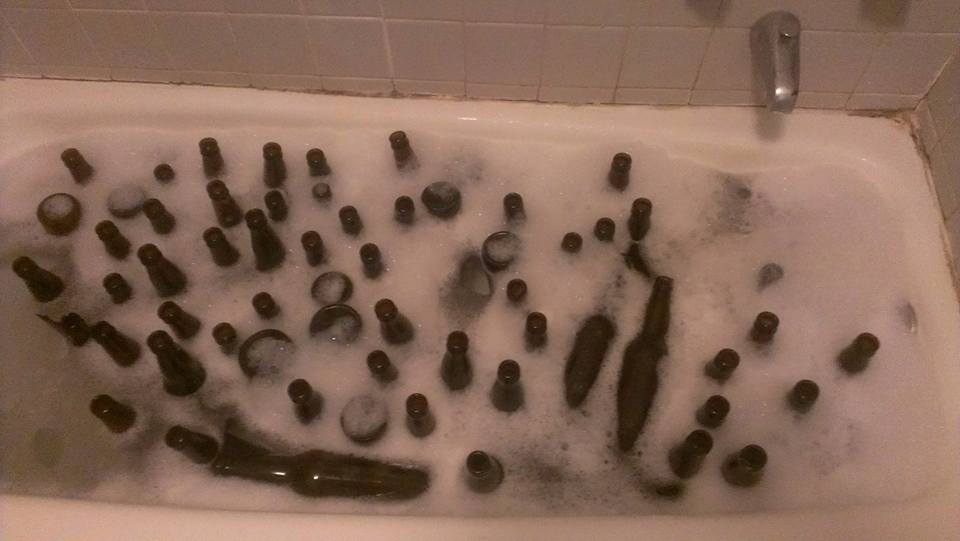
Everyone who homebrews says: “You will get an infection.” Even the best of the best make beers with undesired off-flavors; coming from numerous reasons of infected/mishandled ingredients to drastic reactions from yeast. Every brewer uses industrial grade cleaner like Star-San or PBW to keep his or her equipment consistently sanitary. And we mean EVERY PIECE of equipment from kettles to bright tanks and paddles. When you deal with molecule-level science, sanitation is always the #1 concern.
So I took this fun little photo after cleaning bottles in my tub as I was having trouble with my sink. As I posted this on my Homebrewing Facebook group, many people went “Hahaha, I remember doing that.” But when an actual professional brewer saw the photo, he felt uneasy because of my lack of attention to detail. The amount of Star-San I used was not very efficient for the amount of water used despite all those bubbles. I wasted about three hours cleaning, but that’s minor compared to what infections could actually come from cleaning. That’s when I then moved to a Sulphiter, which cut the cleaning time down to minutes.
The delicacy of sanitation is magnified in the beer industry when it comes to sour beers. Not only is producing a sour beer more difficult and time-consuming, but you are adding foreign microbes to get an intentional tart flavor. Wild beers featuring Lactobacillus or Brettanomyces require completely different brewing techniques from start to finish. These strains are also notoriously difficult to completely clean and can greatly impact future recipes in the same containers. This is why many larger breweries will have special brewing areas for sours/wilds only, like Bruery Terreux or Wicked Weed’s Funkatorium.
Although homebrewers expect and even welcome infected beers as a chance to learn, professional breweries must be vigilant over quality control issues. Just look at last year’s releases of Goose Island’s Bourbon County. Anyone can become familiar with these undesirable notes thanks to off-flavor sensory kits, but that isn’t the only other thing to worry about on an industrial scale…
2) Legality
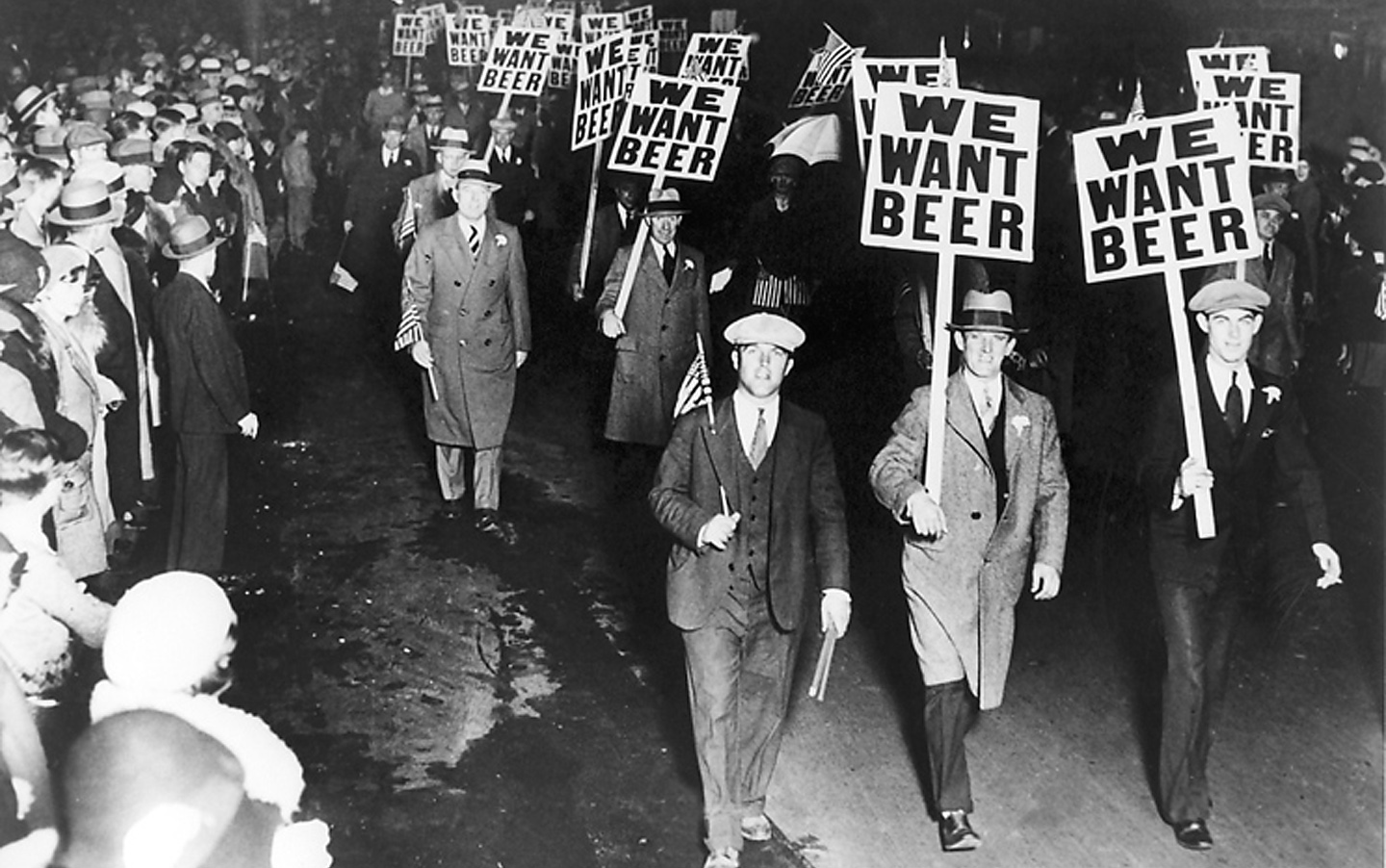
I tend to view the craft beer market similar to that of the restaurant business. The investment can be astronomical, but the payoffs can be more than worth it through establishing a brand that defines your skills. Many head brewers will get started through homebrewing to understand the basics. Homebrewing has very few restrictions other than being over the age of 18, but when you enter into the craft beer market, you have to really study the minutia.
I couldn’t even begin to list everything you need to do before starting a brewery, but it’s a town-sized effort. Brewers must trudge through numerous operations of acquiring beer licenses to manufacture beer and/or label bottles that can take months to get approved. Finding the protocols relating the water, electricity, storage, and location comes afterwards. You can sell beer within your taproom, but any sense of distribution from growler to supermarket requires all new licenses. These concerns are magnified when breweries have to create and maintain copyright under their original names. Homebrewers don’t have to worry about any of these things, but there’s a surprisingly parallel when it comes to judging.
Both avenues follow the same guidelines to earn awards through the Beer Judging Certification Program (BJCP) Unless beers reach the echelon of “Best in Show,” beers are judged based on how well the follow the proposed style without labeling or information of the brewer. It’s a very fascinating process, but it really makes you understand how much the labeling not only sells you on a beer, but also indicates what you are promised with that beer. Only the most passionate homebrewers will print their own fun, goofy labels but there’s no pressure on wasting money on something unexpected.
But if you are brewing for yourself, friends, or profit…the act of brewing all boils down to one thing.
1) Community

Made at home or on the production line, community is the cornerstone of craft beer. Having a community is essential for homebrewers to share ideas, equipment, and helpful advice. I had fun the few times I brewed on my own, but I was able to discover so much by going to my local homebrewing club. My beers are now better than ever and starting to make up for the cost of brewing those 5 (or 3) gallon batches. You shouldn’t drink a case of beer your own homebrew yourself.
At the time I joined my first homebrew club, it was relatively popular and packed with local authorities brewing at home and officially. But as several of our key members had to move away for better opportunities, the remaining members including myself had to rebuild our group from the ground up. Our city has a great beer culture, but that doesn’t necessarily overlap with homebrewing. However, the two can still mix together wonderfully as more people are getting into craft beer as a whole.
We all know how that the industry thrives through dedicated patrons. It’s trickier to get people into homebrewing from the reasons previously mentioned, but there are plenty of small ways of scoping out your local community. Beer festivals are a great place to find out the basics of homebrewing and even have live demos. Some breweries will host homebrew clubs for meetings where people can walk into the discussion. There are also a number of homebrewing magazines such as BYO or Zymurgy to get you started on your own terms!
These days, I go to two homebrewing clubs for the additional experience and camaraderie. Even if you can’t bring a beer to a meeting, clubs really love having new people around to share in the craftsmanship. That’s what gave me the strength to continue brewing after several failed batches due to infections or unpleasant flavors from poor planning. Now I have a smoky, Scottish Ale I can enjoy whenever I want to and I can make my own mad scientist creations, like an Irish Tea-Infused Cream Ale or Cranberry IPA. I hope some day my experimenting can go somewhere the way many people in the business got their start.
We at PorchDrinking want to bond through beer in every way possible. So I hope this very lengthy read has given you insight on how this fun hobby has now become a proud foundation of American culture. Start brewing!


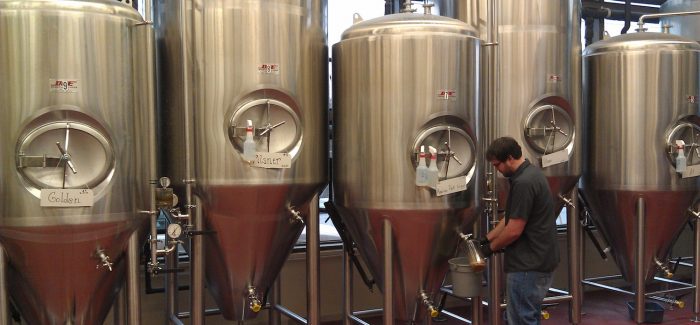

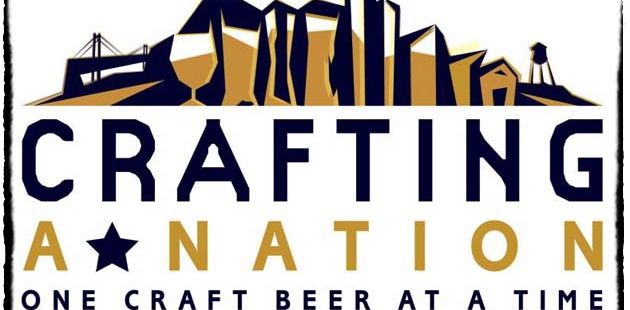


Submit a Comment